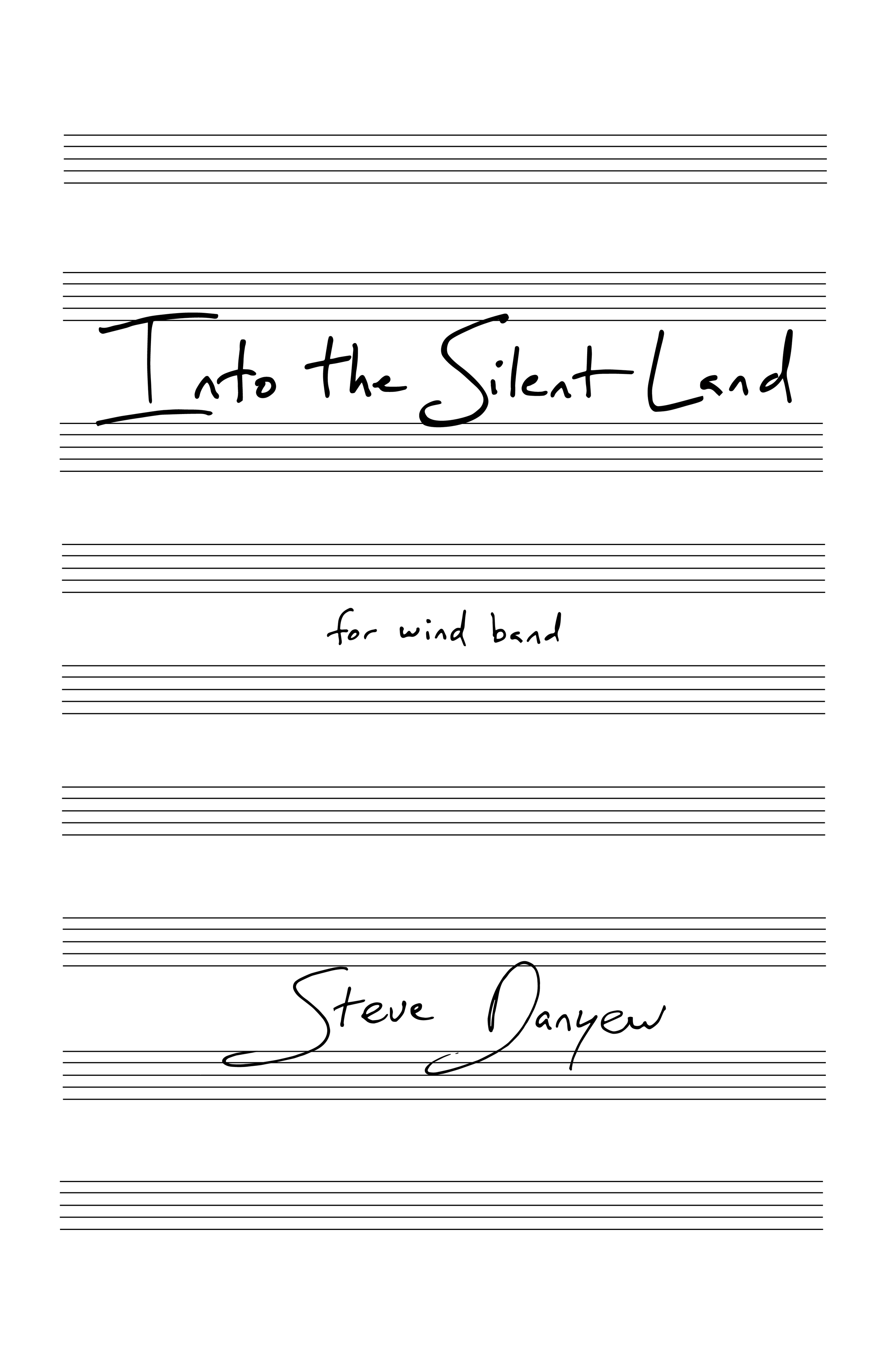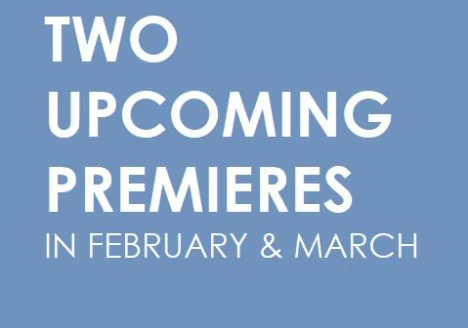This past weekend, Gary Green led his final concert as the conductor of the University of Miami Wind Ensemble and Director of Instrumental Performance at the University of Miami's Frost School of Music.
When I arrived as a freshman at the University of Miami, I was assigned to Symphonic Winds, the "2nd band," in which I played bari sax. Even though it was not the “top band,” I remember thinking that the sound was amazingly rich. All those tubas, euphoniums, and trombones! Our high school band was good, but we only had one tuba – so yeah, the sound was pretty different. The Symphonic Winds rehearsed in the cavernous Fillmore hall, and though our conductor wasn't Gary Green, he occasionally visited rehearsals and guest conducted. Whenever a DMA applicant for wind conducting visited the school, he or she would conduct the band and Mr. Green would sit in the back, watching and observing how they used their time on the podium.
I still remember the first time I heard the Wind Ensemble under Mr. Green's direction – in fact, I remember the first chord. It was my first band concert at Miami — a split concert where the Symphonic Winds played the first half and the Wind Ensemble played the second half. I remember sitting in Gusman Hall as Mr. Green walked out onto the stage. The Wind Ensemble looked small to me — it wasn't a large band like I was used to playing in. It was one player per part — small and nimble. But, when he gave the downbeat for William Schuman’s “George Washington Bridge,” I remember that first chord being the best chord I had ever heard from a "band." It was so loud that I couldn't believe it was coming from the relatively few players on stage. Everyone was in sync and in tune, and it was at that moment that I realized that loudness is not only a reflection of numbers, but also intonation and articulation. Mind blown.
It was the first of many experiences playing in the bands at Miami where my ears and views of music were totally transformed.
For a freshman, the Wind Ensemble seemed a distant and elite group led by a renowned conductor. They were professional, polished. They rehearsed in Nancy Green Hall — a smaller, more intimate space (even the lighting was cooler, I swear). Although I was admittedly a little intimidated by the thought of playing alongside upperclassmen and graduate students, I wanted so badly to be a part of that group. Everyone did.
My second year, I got a chance. It felt surreal walking into that rehearsal in the Fall of my sophomore year, carrying my bari sax. I felt young and not entirely ready to play in the "top band." Nevertheless, I was excited and wanted to learn from Mr. Green, whose name carried a special weight and aura around the hallways.
Over the next three years, I encountered a wide range of music, from traditional repertoire to brand new commissions. We played some really beautiful pieces, and some that fell on the other side of the spectrum – dense, atonal, thrilling. At a time when my young ears were hearing contemporary music in classes and concerts (which I didn’t encounter much before college), having the opportunity to actually play some of this “new” music really opened my eyes and ears.
Here are 4 things that I remember most from my time playing under Mr. Green:
1. He treated everyone like a professional.
From the way he conducted rehearsal to the way he spoke to students, I always felt like Mr. Green treated everyone like a professional. He gave everyone the benefit of the doubt — he never embarrassed anyone for making a mistake or not being prepared. He let you know there was an issue he wasn’t happy about, but he assumed that you would come back next time, like a professional, with the issue solved.
2. He inspired people around him.
Mr. Green is one of those leaders who just makes you want to be better. You wanted to play better as an individual and as a group. You wanted him to take a moment, put down the baton, take off his glasses, and tell you a story about why that was so good and why it means something in our crazy world.
3. His depth of musicality was astonishing.
Hearing Mr. Green talk about the music was just as thrilling as playing it. He thought deeply about what the music was doing, and what the composer was saying through each piece. He brought a level of humanity, gratitude, and joy to the podium — it was thrilling to be part of that.
4. He had the respect of every player in the group.
When I think back to rehearsals with the Wind Ensemble, I don’t really remember players talking to each other. You know those moments — when we stop to rehearse something in the clarinets and everyone else in the group starts their own side conversations? People didn’t talk in these rehearsals – they didn’t mess around. They listened and paid attention. Mr. Green treated players like professionals, and they acted like it, with deep respect.
Finally, I want to mention the considerable bond Mr. Green formed with each of his conducting students. As a player, I watched Mr. Green coach his conducting students, interact with them, guide them. When a conductor finished their degree, Mr. Green took time at the end of a rehearsal to talk about that person’s journey and accomplishments and how much they meant to him. Each time, he had tears in his eyes. It was always apparent to me that he cared deeply about his students and those of us who played under his direction.
Thank you, Mr. Green, for caring so deeply about people. Thank you for inspiring students to want to become better musicians. And, thank you for sharing your music with us.
Image Credit: Frost School of Music, University of Miami








